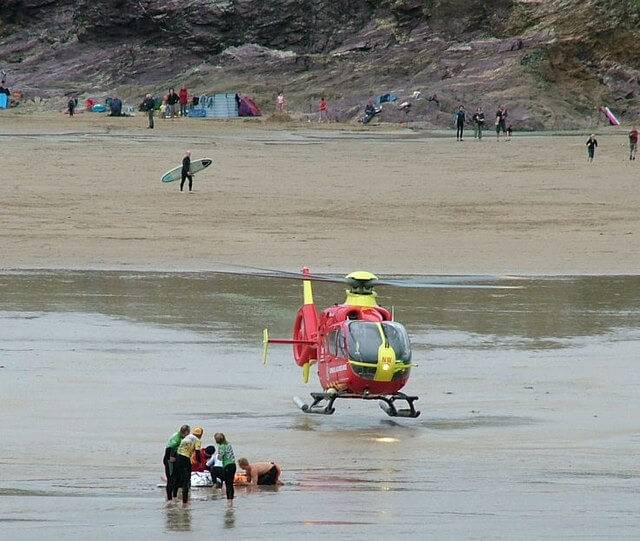The box jellyfish is one of the most dangerous creatures in the ocean, and Australia is home to some of the deadliest species of this jellyfish. These jellyfish are notorious for their lethal venom, which can cause death within minutes of a sting. In this article, we will explore the impact of box jellyfish in Australia and the measures taken to prevent deaths from these deadly creatures.
Box Jellyfish in Australia
Box jellyfish are found in the waters around Australia and are particularly prevalent in the northern waters of the country. There are several species of box jellyfish found in Australia, including the Chironex fleckeri and the Carukia barnesi. The Chironex fleckeri is the most dangerous of the species, with its venom being potent enough to cause death in humans.
Impact of Box Jellyfish in Australia
Box jellyfish stings can be fatal and cause serious injuries, including heart failure, paralysis, and respiratory arrest. In Australia, an average of one to two people die each year from box jellyfish stings, and many more suffer from severe injuries. These stings can occur while swimming, snorkeling, or diving, and it is essential to take precautions to avoid contact with these dangerous creatures.
Prevention Measures
There are several prevention measures that can be taken to avoid being stung by box jellyfish in Australia. One of the most effective measures is to wear protective clothing while swimming, such as a wetsuit or a lycra suit. These suits can protect the skin from contact with the jellyfish tentacles and reduce the risk of injury.
Another prevention measure is to swim in areas where box jellyfish are not present or where preventative measures are in place. Many beaches in Australia have netted enclosures in place to keep the jellyfish out, and it is important to swim within these enclosures to reduce the risk of being stung.
Treatment of Box Jellyfish Stings
If you are stung by a box jellyfish, it is essential to seek immediate medical attention. The venom from these creatures can cause rapid and severe symptoms. In major stings there can be:
- Cessation of breathing
- Cardiac arrest
It is important to call emergency services immediately. This is what you can do to administer first aid until help arrives.
- Rinse the area with vinegar, for at least 30 seconds. If you don’t have vinegar, use sea water.
- Remove tentacles from the skin with tweezers.
- Once the tentacles are removed, soak the area in hot but not scalding water for 20 to 45 minutes.
- Be careful not to rub the sting area or to get sand into the sting.
- If hot water is not available, apply a cold pack to help the pain. Don’t apply ice directly to unprotected skin.
- To manage pain, soak in hot, but not scalding water.
- If there are any signs of respiratory distress, call 000.
- Monitor their breathing and pulse. If necessary, begin CPR.
Conclusion
In conclusion, box jellyfish are a significant threat to swimmers, snorkelers, and divers in Australia. These deadly creatures can cause severe injuries and even death, and it is essential to take preventative measures to reduce the risk of being stung. By wearing protective clothing, swimming in netted enclosures, and seeking immediate medical attention if stung, individuals can help reduce the impact of these dangerous creatures in Australia. With proper precautions and awareness, we can enjoy the beauty of the Australian waters while staying safe from the deadly box jellyfish.







































